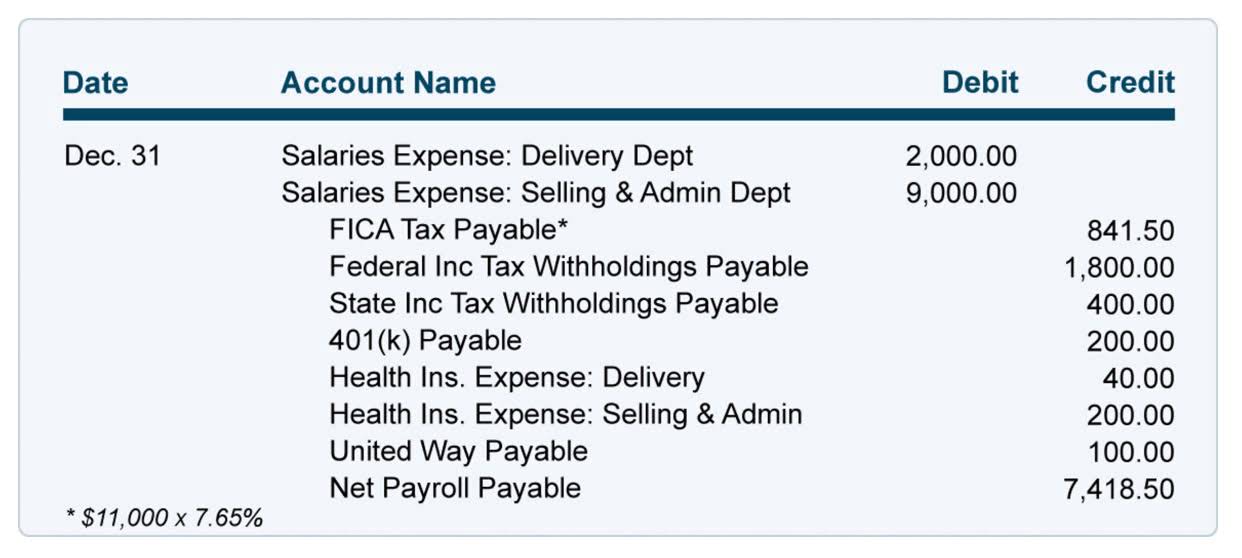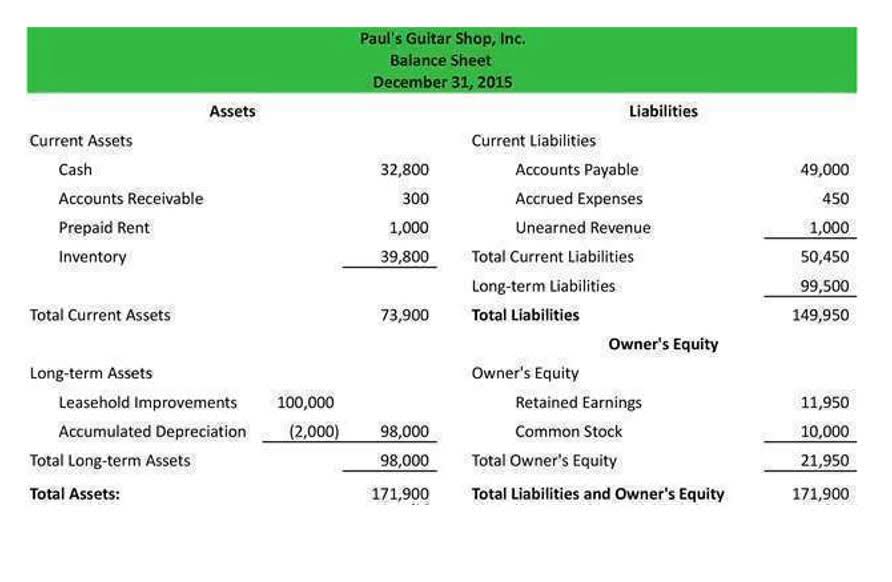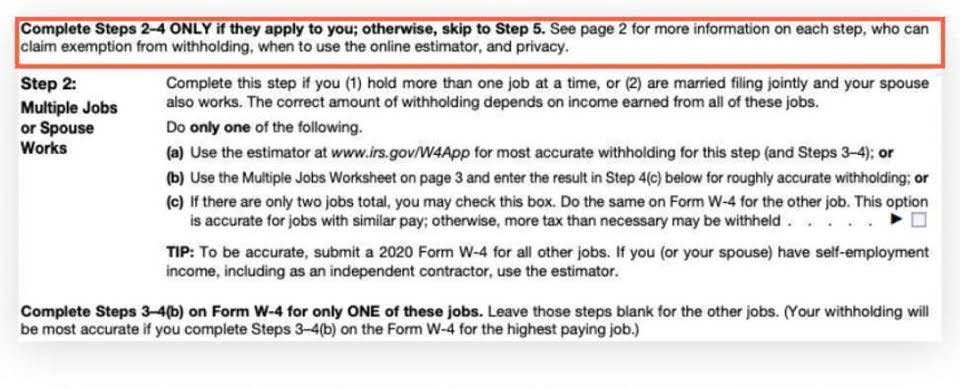
Do you still have questions about variable costs and how they affect your business profitability? Of course, you don’t want to charge too much and risk losing business to better-priced competition. Using the variable cost formula will help you find the sweet spot between charging too much and too little, ensuring profitability for your business. Production supplies and equipment refers to any necessary supplies or equipment that fluctuate with your output level. For the chair company, an example would be oil for machines involved in the woodworking process.
Formula and Calculation of Variable Costs

Cost-Volume-Profit (CVP) analysis is a financial tool that businesses use to determine how changes in costs and sales volume can affect profits. Economies of scale refer to the cost advantage that companies achieve when production becomes efficient, leading to a reduction in the cost per unit as production volume increases. This, in turn, will raise the cost per unit, leading to higher variable costs for businesses reliant on that material.
Do you own a business?
- Along the manufacturing process, there are specific items that are usually variable costs.
- To determine total variable cost, simply multiply the cost per unit with the number of units produced.
- Variable cost per unit refers to the total cost of producing a single unit of your business’ product.
- If your company accepts credit card payments from customers, you’ll have to pay transaction fees on each sale.
- This is a variable cost since it depends on how many sales you make (and what methods your customers use to pay).
The term sunk cost refers to money that has already been spent and can’t be recovered. While sunk costs may be considered fixed costs, not all fixed costs are considered sunk. For instance, a fixed cost isn’t sunk if a piece of machinery that a company purchases can be sold to someone else for the original purchase price. To better explain this concept and differentiate variable and fixed costs, we’ll use a few examples to help you understand how they may apply to your industry. Refining and optimizing production processes can lead to reduced waste, faster production times, and ultimately, lower variable costs.
Average Variable Cost
For example, if a company is having cash flow issues, it may immediately decide to alter production to not incur these costs. For businesses, setting the right price for products or services is a balancing act. To find out more on costs, budgeting, accounting and other core financial knowledge, look at our Finance for the Non-Financial Manager e-learning course. Kristen Slavin is a CPA with 16 years of experience, specializing in accounting, bookkeeping, and tax services for small https://www.instagram.com/bookstime_inc businesses.

If the athletic brand doesn’t make the shoes, it won’t incur the cost of leather, synthetic mesh, canvas, or other raw materials. In general, a company should spend roughly the same amount on raw materials for every unit produced assuming no major differences in manufacturing one unit versus another. For instance, purchasing raw materials in bulk might result in discounts, thereby reducing the cost per unit. Similarly, streamlining production processes can also lead to decreased costs per item.

Raw Materials
- Variable costs are any expenses that change based on how much a company produces and sells, such as labor, utility expenses, commissions, and raw materials.
- In industries where production is labor-intensive, hiring more workers during peak periods can lead to higher direct labor costs.
- The term sunk cost refers to money that has already been spent and can’t be recovered.
- Even though the amount it costs to produce a single unit of your product is fixed, the overall cost is variable, since the total amount will change depending on how many units you’re producing.
- Yarilet Perez is an experienced multimedia journalist and fact-checker with a Master of Science in Journalism.
- Understanding the nuances and applications of each cost type in various scenarios enables comprehensive cost management and optimal financial planning.
An increase in the number of deliveries being made will increase the expense of gasoline, but not the cost of the insurance, depreciation, or loans. For example, if a spike in demand for a particular raw material occurs due to global shortages, the cost to purchase that material will increase. Understanding the nuances and applications of each cost type in various scenarios enables comprehensive cost management and optimal financial planning. The articles and research support materials available on this site are educational and are not intended to be investment or tax advice. All such information is provided solely for convenience purposes only and all users thereof should be guided accordingly.
Would you prefer to work with a financial professional remotely or in-person?
- This information will help management with pricing strategy and help they review performance should volumes differ from budget.
- Fixed costs are expenses that remain the same regardless of production output.
- The articles and research support materials available on this site are educational and are not intended to be investment or tax advice.
- Salaries are fixed costs because they don’t vary based on production or revenue.
- You can see the VC per unit in Column E. For budgeting profit, we just estimate the Sales volume (2000 units) and put the (shown) formula against each variable cost input.
One direct approach to manage variable costs is through negotiations with suppliers. This might mean reducing idle time, optimizing the use of raw materials, or improving production workflows. Such complexities can sometimes obscure the true variable costs, leading to misinformed decisions. By constantly evaluating which group of costs is the most accurate example of variable cost? and adjusting resource allocation based on variable cost data, businesses can ensure they’re operating efficiently and maximizing returns. For instance, if a particular product has a high variable cost but generates low revenue, it might be more beneficial to divert resources to another product with a better profit margin. Implementing knowledge of variable costs can lead to improved decision-making and better business strategies.
- Direct materials refer to any materials that are used in the production of a unit that makes it into the product itself.
- Finance Strategists has an advertising relationship with some of the companies included on this website.
- However, it’s important to note that variable costs do not always rise or fall in a perfectly linear fashion.
- Of course, you don’t want to charge too much and risk losing business to better-priced competition.
- Variable costs stand in contrast with fixed costs, since fixed costs do not change directly based on production volume.
- In this guide, we’ll break down everything you need to know about variable costs.
Certain costs, such as direct materials and direct labor, vary in proportion with the level of activity. As the level of activity increases, the total variable costs increases directly with the change in the level of activity. This refers to any expenses that fluctuate relative to the number of units the company produces, such as direct materials, direct labor, commissions, or utility costs.

Examples of fixed costs are employee wages, building costs, and insurance. If your company accepts credit card payments from customers, you’ll have to pay transaction fees on each sale. This is a variable cost since it depends on how many sales you make (and what methods your customers use to pay). Material substitution, when done right, can be a strategic move to manage variable costs effectively. One of the primary https://www.bookstime.com/ limitations of variable costs is the difficulty in predicting sudden shifts.

Recent Comments